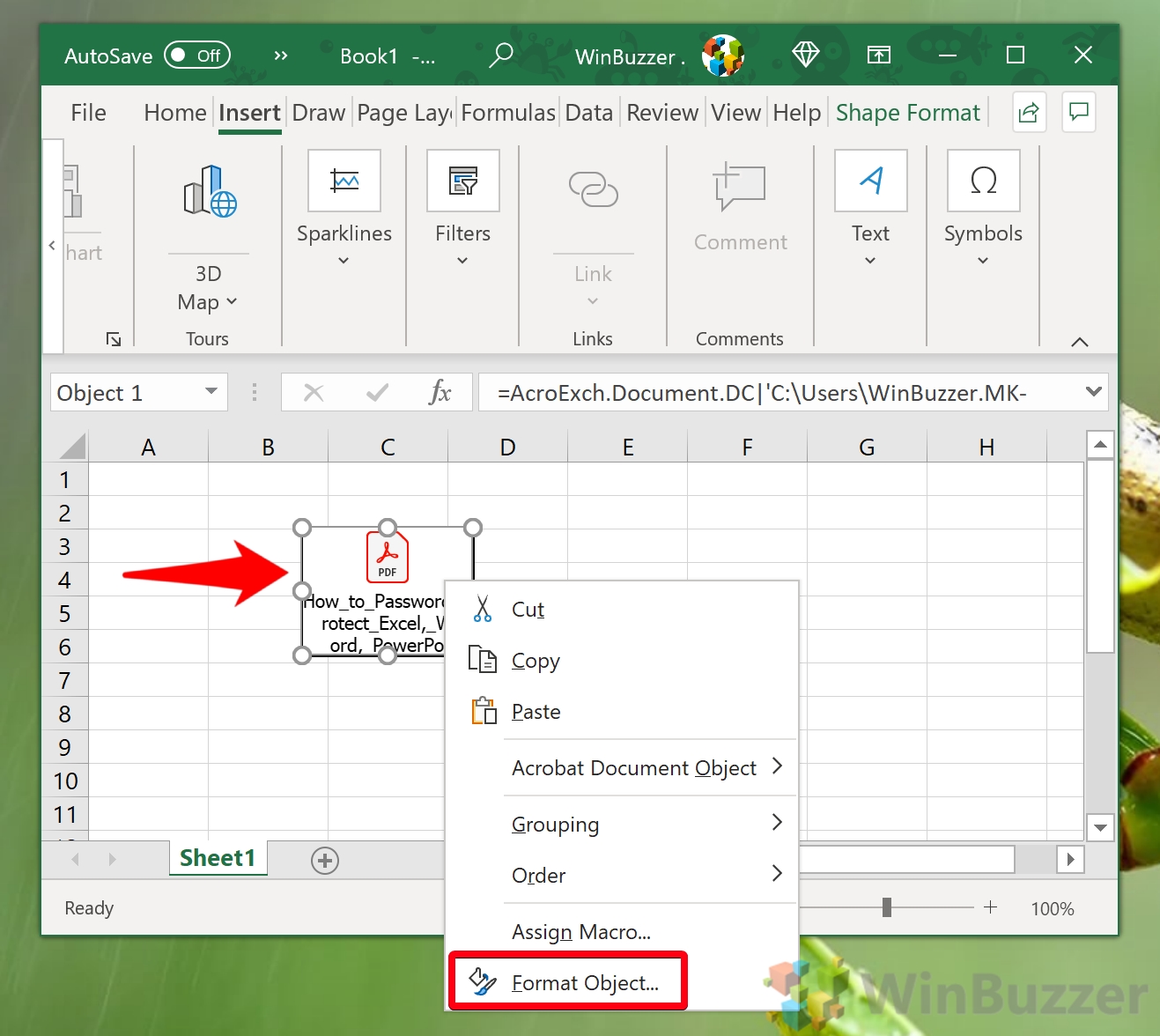5 Ways to Fix Excel Sheet Import Issues
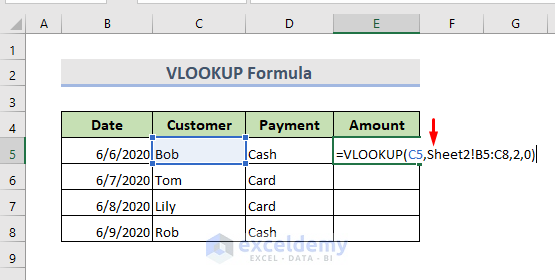
Dealing with Excel sheet import issues can be a significant source of frustration for many. Whether you're working on a large dataset or a small project, encountering problems when importing an Excel file into different software or platforms can disrupt your workflow. This blog post outlines five effective ways to resolve common Excel sheet import issues, ensuring that your data flows smoothly into your preferred environment.
Troubleshoot File Compatibility
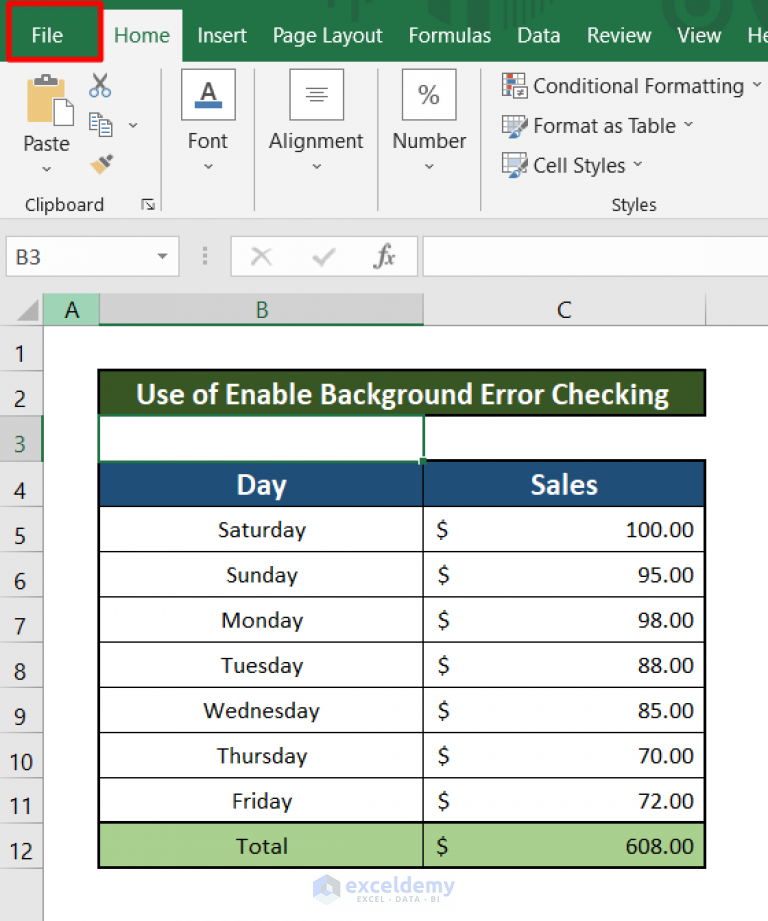
Excel files come in various formats like .xls, .xlsx, and newer versions might even introduce new formats. Here’s how you can troubleshoot compatibility:
- Check the File Extension: Ensure the file type is compatible with the platform you’re importing into. For example, older software might not recognize newer formats like .xlsx.
- Save in Lower Format: If compatibility is an issue, try saving your Excel file in a lower version format. In Excel, go to File > Save As and choose a format like Excel 97-2003 Workbook (.xls).
Address Formatting Problems

Often, the issue arises from how the data is formatted in the Excel sheet:
- Standardize Date and Number Formats: Use Excel’s built-in formatting options to ensure dates and numbers are recognized correctly by other systems. Navigate to Home > Number and select appropriate formats.
- Remove Unnecessary Characters: Leading or trailing spaces or special characters can cause problems. Use Excel’s TRIM function or search and replace tools to clean your data.
🔍 Note: Special characters like currency symbols or date separators can differ between systems, leading to import issues if not handled properly.
Check for Data Corruption
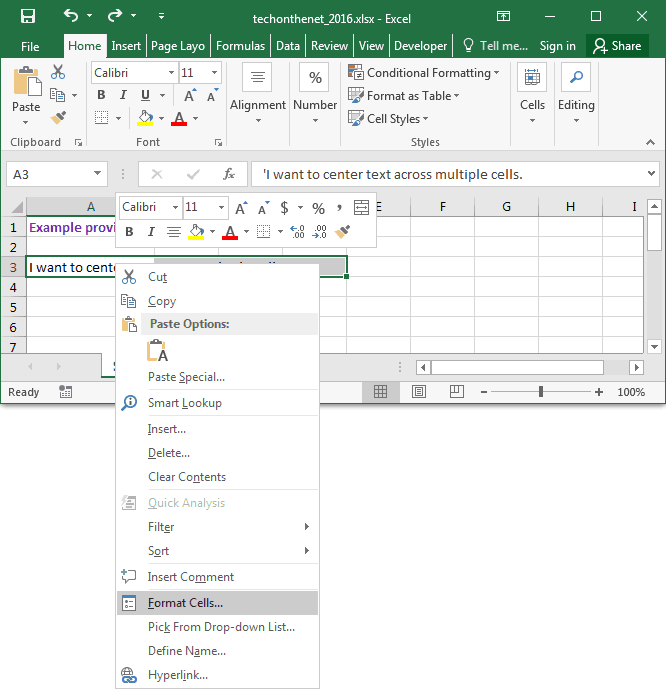
Sometimes, the Excel file itself might be corrupt:
- Open in Another Spreadsheet Program: If the file opens in another program like Google Sheets or LibreOffice, it might suggest Excel-specific corruption.
- Repair the File: Excel includes tools to repair corrupt files. Open Excel, go to File > Open, select your file, click on the arrow next to the Open button, and choose Open and Repair.
Manage Formulas and Links
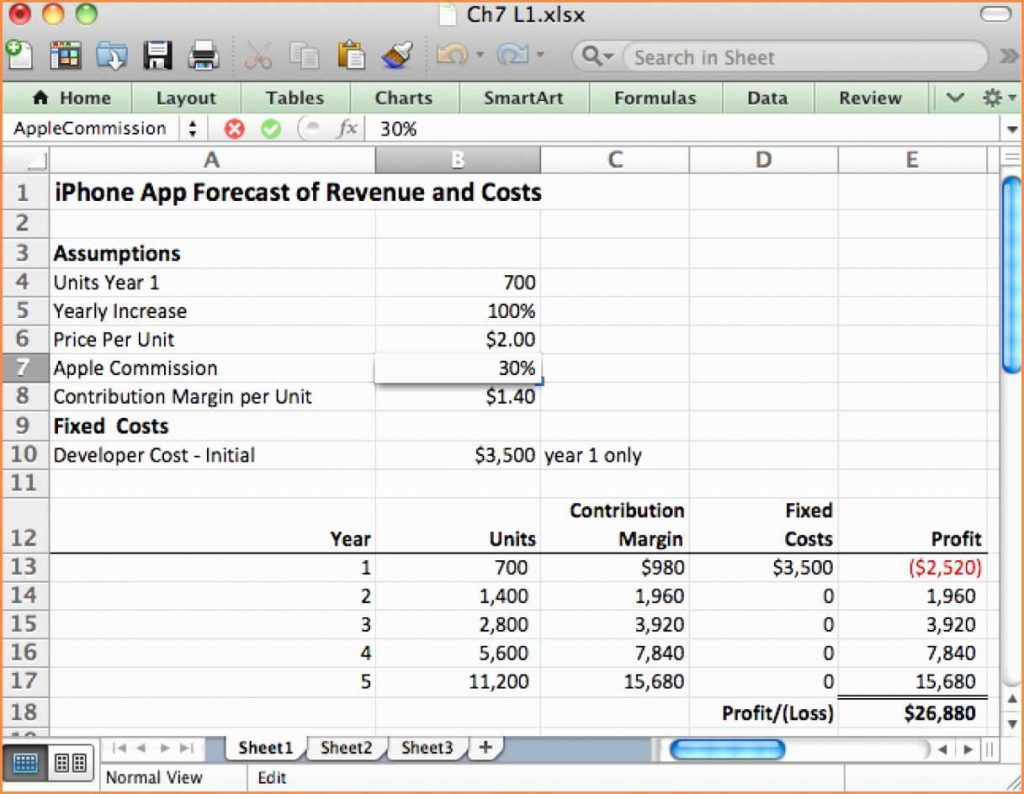
Excel files with complex formulas or links can be troublesome:
- Convert Formulas to Values: Copy the cells with formulas, then paste them back into the same location, but choose Paste Values to eliminate the formulas.
- Break External Links: If your Excel sheet has links to other documents or external data sources, these could prevent a smooth import. Use Data > Edit Links to manage or remove these.
Implement Data Validation and Cleaning
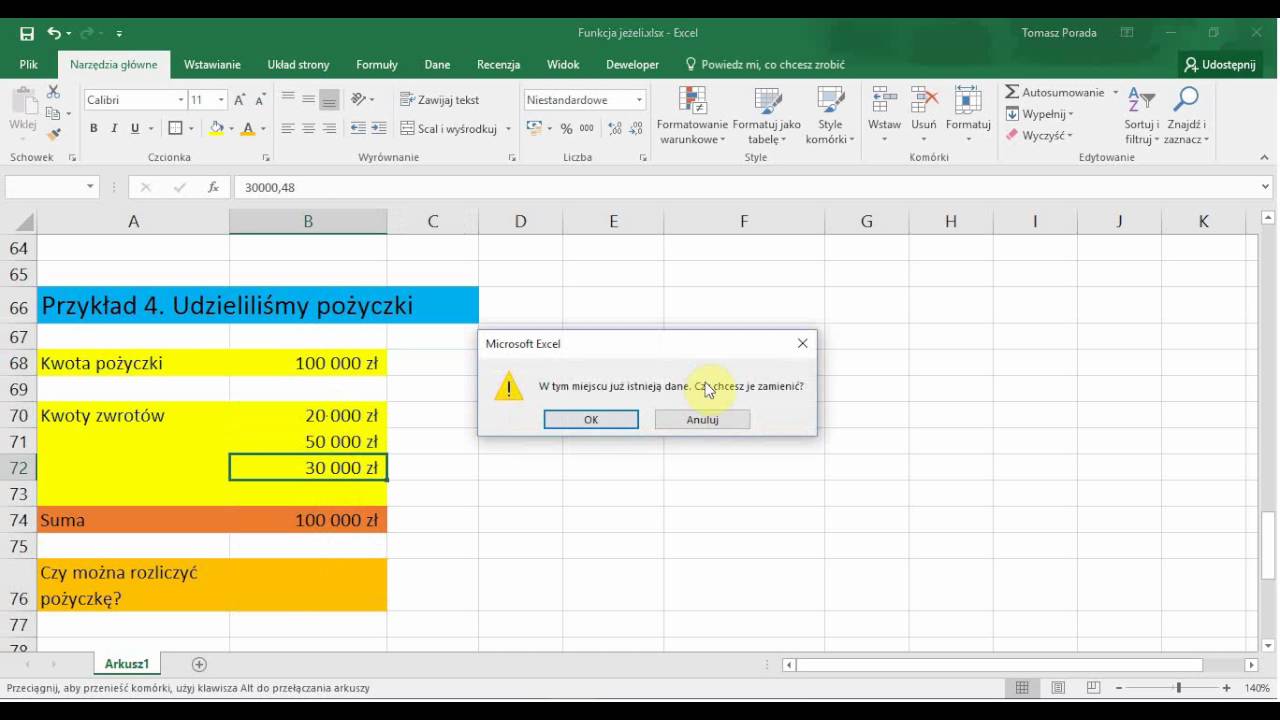
Data integrity is crucial for successful imports:
- Data Validation: Use Excel’s data validation features to ensure data consistency. Go to Data > Data Validation to set rules for what can be entered into cells.
- Cleaning Tools: Use functions like CONCATENATE, LEFT, RIGHT, TRIM, etc., to standardize and clean your data.
To wrap things up, resolving Excel sheet import issues involves a combination of understanding file formats, managing data formatting, checking for corruption, handling formulas and external links, and ensuring data cleanliness. By applying these five strategies, you can significantly reduce the likelihood of import problems, thereby improving your workflow efficiency. Remember, troubleshooting is an iterative process; what works for one scenario might need tweaking for another. Being proactive with these steps can save you hours of frustration and rework.
What should I do if the software I’m importing into doesn’t recognize .xlsx files?
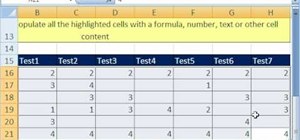
+
Try saving the Excel file in a format like Excel 97-2003 (.xls) or CSV, which are more widely recognized by older software.
How can I check if my Excel file is corrupt?
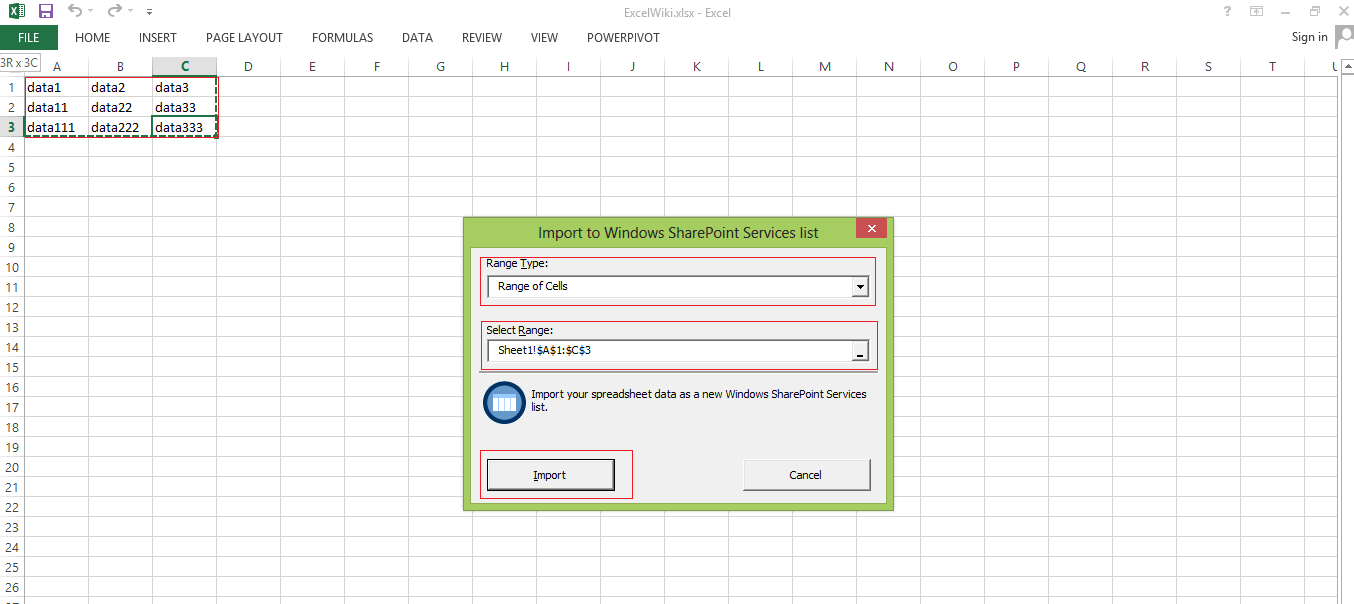
+
Try opening the file in another spreadsheet program like Google Sheets or LibreOffice. If it opens there but not in Excel, it might be corrupt. Excel’s ‘Open and Repair’ feature can also help diagnose and fix issues.
What’s the best way to remove formulas before importing data?
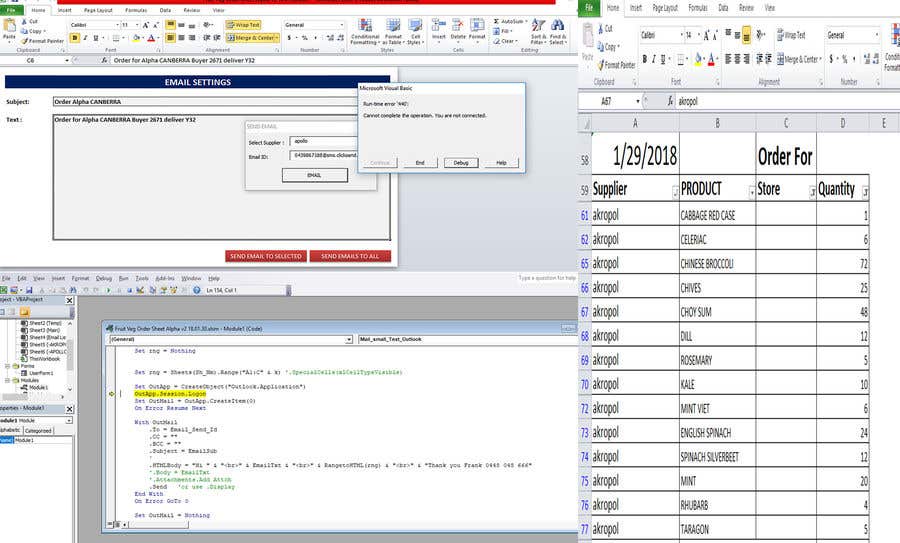
+
Select the cells with formulas, copy them, and then paste them back in the same location using ‘Paste Values’ to convert the formulas to static values.

